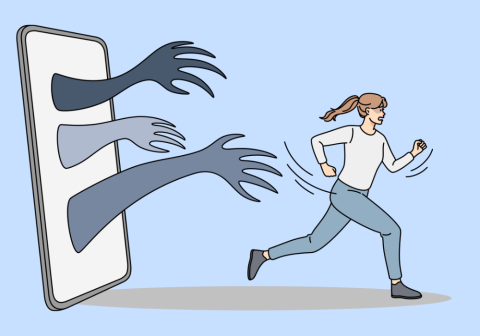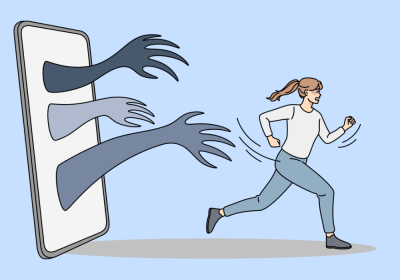Tardive Dyskinesia (TD)
What is Tardive Dyskinesia?
Tardive dyskinesia (TD) is a drug-induced movement disorder that causes a range of repetitive involuntary muscle movements. A person with TD symptoms has no control over these movements. TD may develop months to years after taking certain medications used to treat bipolar disorder, depression, or schizophrenia. These medications include antiemetics, tricyclic antidepressants, and antipsychotic medications.
- Watch the ADAA Video for the Public: What is Tardive Dyskinesia (TD)
- Mira el vídeo de ADAA para el público Que es la discinesia tardía?
- Watch the ADAA Video for Mental Health Professionals: What is Tardive Dyskinesia (TD)
Signs/Symptoms
Signs or symptoms of TD include uncontrollable or unintentional body movements such as:
- Lip puckering and involuntary tongue movements
- Frowning and grimacing
- Constant blinking
- Difficulty swallowing
- Uncontrollable finger tapping
- Unintentional arm and leg movement
Who is at Risk?
One in four people who are taking these certain medications may develop uncontrollable movements of TD. TD is not a side effect; it is a real condition that affects approximately 600,000 people in the United States.
Anyone taking an antipsychotic may develop TD, but there are people who are at a higher risk of developing TD. These risk factors include (but are not limited to):
- Older adults
- Females
- People of African descent
- Those with a family history of TD
- Negative symptoms in schizophrenia
- Mood disorders or cognitive symptoms in mood disorders
- Taking antipsychotics for longer durations
- Diabetes
- Smoking and Abuse of alcohol or other substances
- Taking first-generation antipsychotics
Tardive dyskinesia symptoms vary from person to person. Mild symptoms could mean that only one or two areas of the body are moving uncontrollably with more severe symptoms affecting multiple parts of the body. Even mild symptoms can have a significant impact.
Treatments
If symptoms of TD develop, seek medical attention through a neurologist, psychiatrist, or other advanced-practice health care provider. The health care provider will assess and evaluate your current treatment plan and medication, and adjust your treatment plan accordingly. This could mean changing medications, lessening your current medication doses, or adding a medication to improve movement symptoms.
Although each person reacts differently to treatments, some treatments have proven more effective than others such as specific movement disorder medications and a short-term medication for muscle rigidity.
Exercise can help relieve movement symptoms, including tremors and those related to balance, gait and flexibility.
Living with Tardive Dyskinesia
To Share at Your Practice or With Your Provider
The website below and resources were created from published patient and caregiver research on how tardive dyskinesia impacts people with lived experience.
If you think you might have TD, you can print out and share them with your provider. If you suspect a patient may have TD or want to learn more about TD, consider reviewing the attached and sharing them with your coworkers and colleagues:
- Impact-Tardive Dyskinesia (Impact-TD) Scale (PDF)
- What Life is Really Like with Tardive Dyskinesia (TD) (PDF)
- Living with TD Website
ADAA was not involved in the research or development of these resources.
References:
6 Things to Know About the Antipsychotic Side Effect Tardive Dyskinesia, Everdayhealth
Do you have movements you can't control?, Talk About TD
The Invisible Effects of Tardive Dyskinesia: What You Should Know, WebMD
Tardive Dyskinesia Facts and Figures, Psychiatric Times
Tardive Dyskinesia, Mental Health America (MHA)
Tardive Dyskinesia, National Alliance on Mental Illness (NAMI)
Do you have Unintentional, Uncontrollable Body Movements? It could be Tardive Dyskinesia., Teva Pharmeceuticals




















